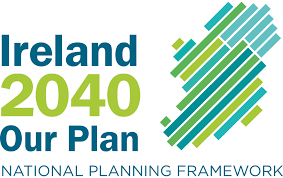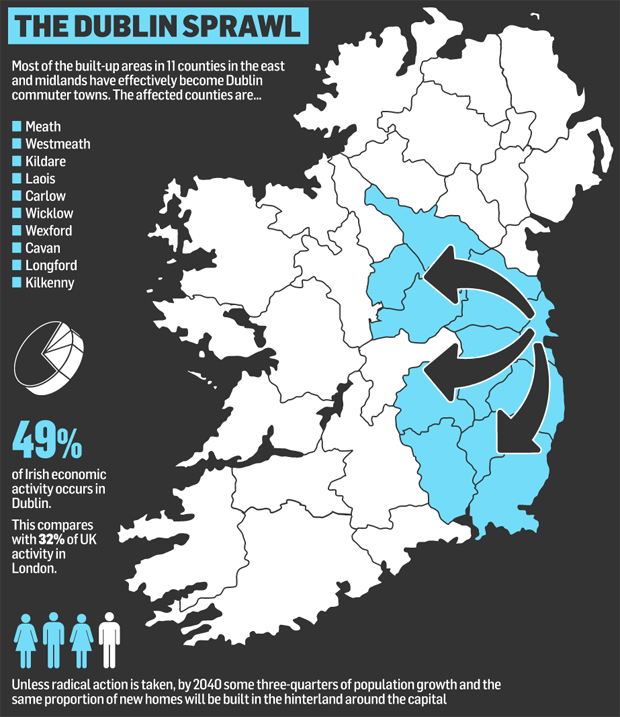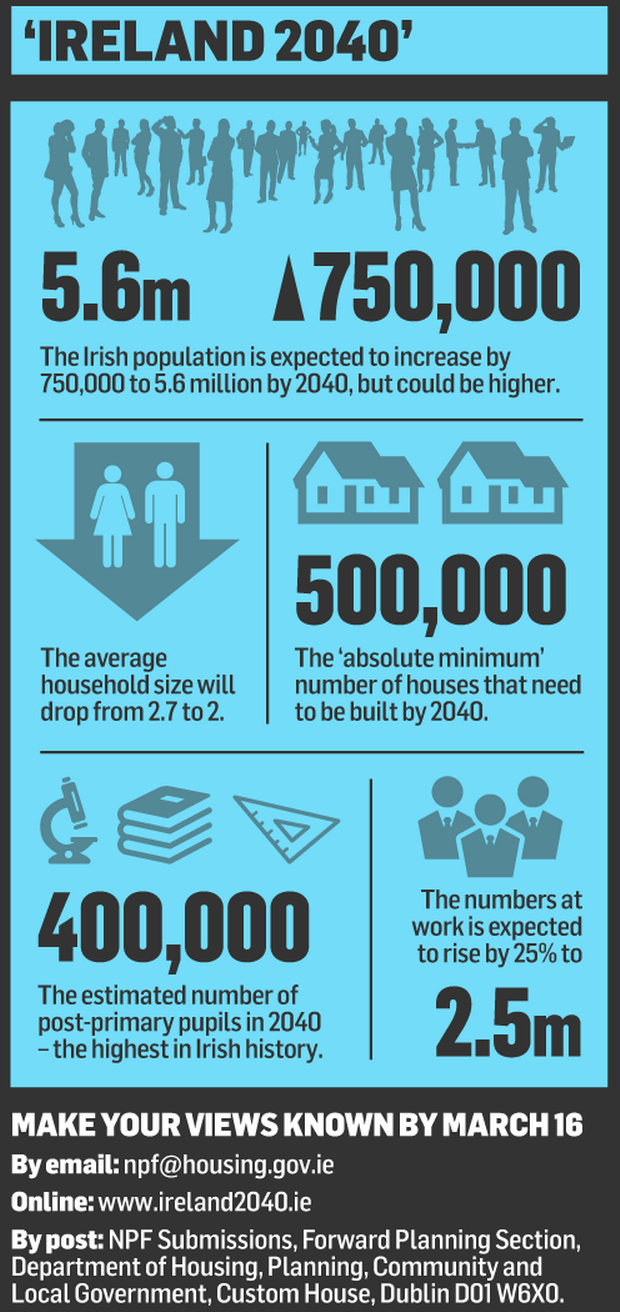The future of housing is ‘tiny’

Earlier this week, the Department of Housing published new draft guidelines for apartment developments and the reaction has been mixed, at best. The headlines ran with announcements that car parking will no longer be a requirement, also, more apartments per floor area will be allowed.
Understandably, home buyers were quite panicked by the news, however, just to reassure buyers in Wicklow and Wexford, car parking has only been done away with in areas with good public transport connectivity – we don’t need to worry about that for the moment, unfortunately.
The rationale behind the move is to make apartment building more cost-effective, which is hoped will speed up the supply of new homes to the market right across the country and to make those new homes more affordable for intending buyers.
While more homes will be allowed in a single development, these are likely to be smaller as the market is apparently demanding more studio and one bed apartments.
One of the other interesting concepts introduced is called ‘shared living’. This essentially provides for people having their own en-suite bedroom and then sharing kitchen and living space. This is already being done for student accommodation, costing up to €1,000 per month in Dublin, Cork and Galway. The important thing to realise is that we are not talking about going backwards to bedsit-living in damp, old period houses; these co-living spaces are state-of-the-art, beautifully designed homes for people who are renting or, potentially, buying at the lower end of the market. The driving force is to offer greater choice, which is something that we do not have much of in the current market. We tend to go between two-bed apartments in the city, to three-bed semis in the suburbs and then dormers dotted around the countryside. Buyer demographics are changing, in fact, I would go further to say that buyers themselves are changing. People want choice and they need an option that suits their particular stage in life. Not every thirty-something year old wants to rent but yet might not be ready for a three-bed semi-detached house in suburbia! Also, reports last week revealed that divorce in Ireland has increased 25% over the past three years. One of the explanations for this is that middle-class people can now afford to separate, whereas, this was simply not an option in the early stages of our economic recovery. This is representative of a new type of long-term tenant and a new type of buyer who requires a smaller, more affordable type of living arrangement. As society changes, our housing stock must change to fit the needs of modern living – of course, planning should really be a step ahead in pre-empting and providing for those changing housing needs.
Just to let people know, these new guidelines are in draft only. There will be a public consultation period from January for people to contribute their opinions before the changes are incorporated into the Ireland 2040 National Planning Framework/NPF. As a nation, we tend to give out about planners quite a bit so maybe now is a good time to get involved with the decision-making and have our say heard.
If you are considering selling in the South Wicklow and North Wexford areas, call into one of our offices (located in Carnew and Gorey) and chat to any of our expert team or you can contact us online at kinsellaestates.ie. We are happy to facilitate overseas buyers and sellers via Skype or similar, outside of regular office hours.
Alternatively, email me directly on michael@kinsellaestates.ie or telephone : +353 53 94 21718
Dublin is ‘Eating’ Ireland: Wicklow & Weford Set to Benefit

According to the Independent newspaper reporting of the recently released ‘Ireland 2040’ document, Dublin is “eating” the rest of the country
The report, launched by an Taoiseach and the Housing Minister last week, makes for tough reading for most of rural Ireland. It charts the gradual decline of rural businesses, communities, towns and villages. The simple reality is that when money leave an area, the people must surely follow. And this is exactly what happened. Today, close to half of all economic activity (49%) is generated in Dublin, which is pulling the labour force away from their home counties and closer to the capital. That figure is particularly worrying when you compare it to our closest neighbours; London generates only 32% of England’s economic activity.
We have been hearing about a two-tier country since the early days of the property crash and here in the South East, we know first-hand that recovery is not happening in a fair, uniform way. But this report forecasts where the population will be by 2040 if these trends continue, and it’s not good news for the majority of the country.
As we can see from the above image, all parts of counties Wicklow and Wexford are likely to benefit from this over the coming years and decades as the commuter-belt widens.
Over the past 20 years, half of the population growth in the entire State has been in and around the Dublin area. Without some big changes, this number is set to jump to 75% of population growth happening in that region by 2040. This is dire news for many but the South East is now looking more and more attractive, and not just for home buyers and investors. Businesses looking for a base outside of the capital, healthcare providers, education centres and other service providers are likely to come in this direction.
The work, development and investment cluster will not necessarily happen in Dublin. In fact, the report suggests that Dublin is or will become ‘the Dublin City Region’, extending into 10 other counties from Cavan to Wexford.
This report will impact hugely on our local planning over the next few years. As more commuters look south of Dublin and Wicklow, into Wexford, we must ensure that we have enough homes, hospital beds, school places and other necessary facilities for our growing population. For investors looking to buy strategically, Wexford offers particular value for money with ever-increasing potential for capital value appreciation.
Finally, there is a new State plan to save our rural towns and villages underway, this plan includes grants and incentives for buyers to restore derelict homes, and we’ll talk more about this next week.

